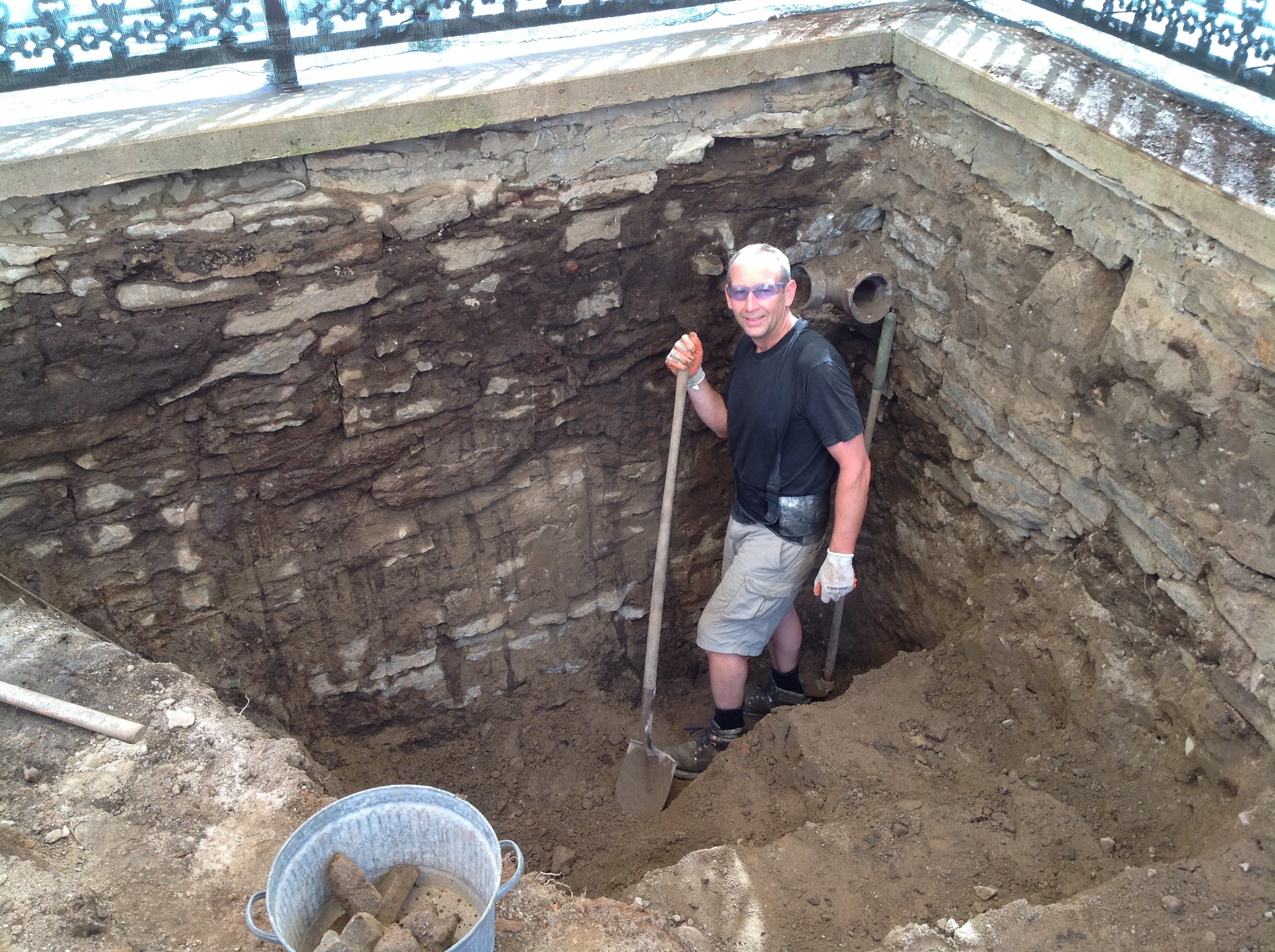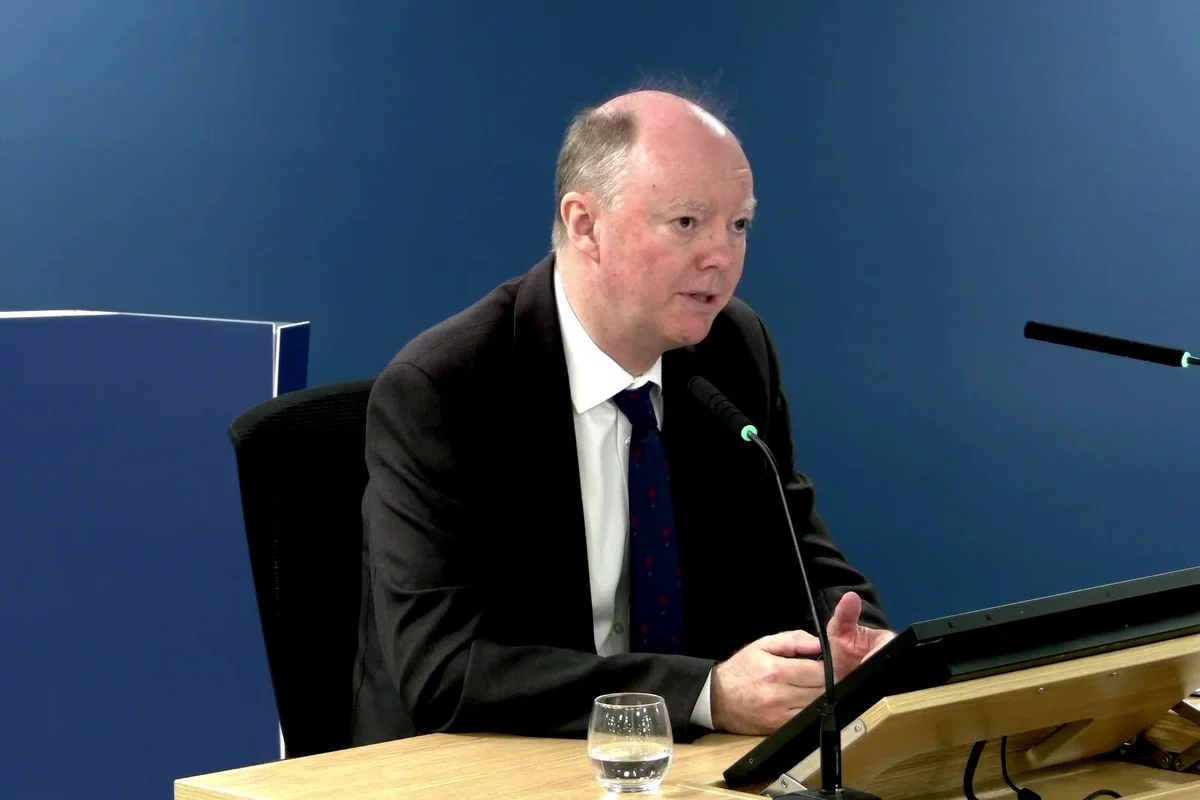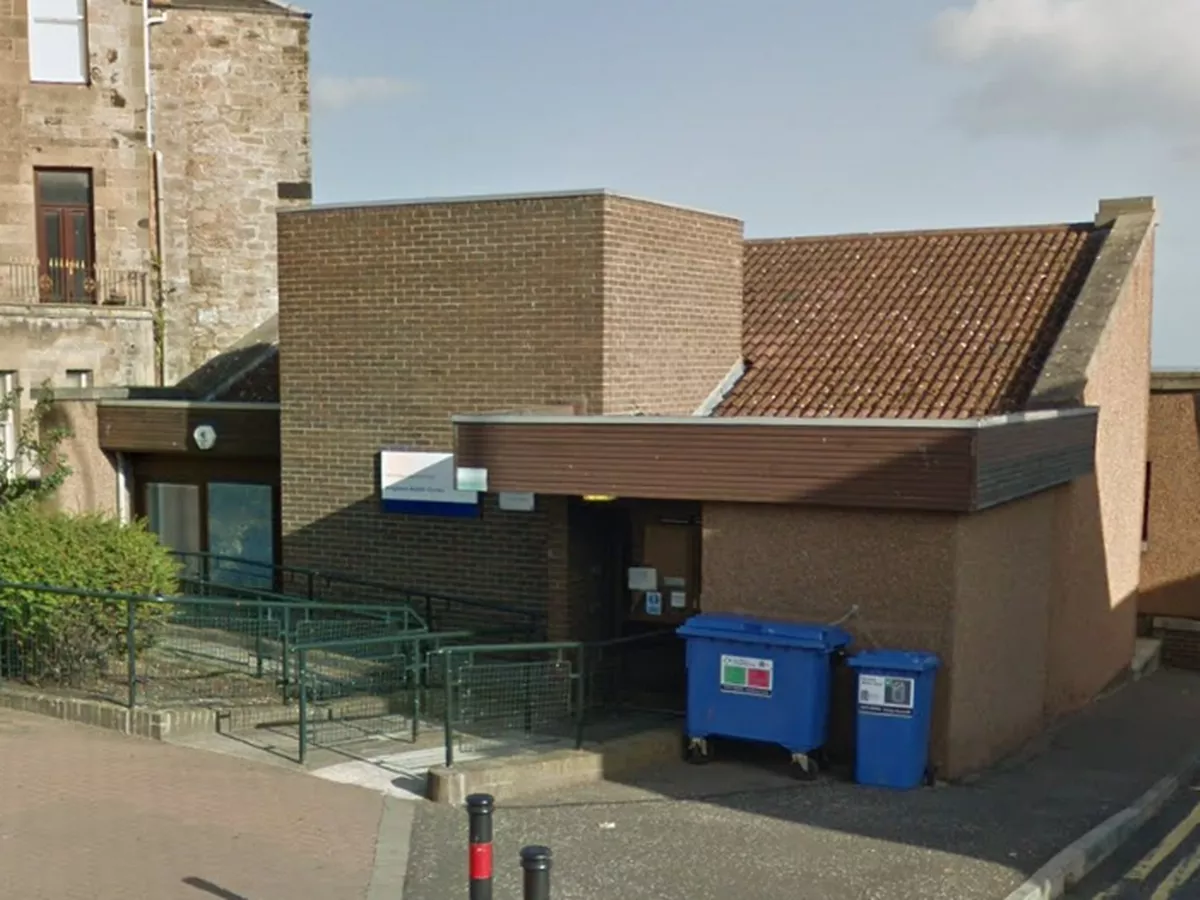Copyright nationalobserver

A new report from the Canadian Environmental Law Association warns the practice of only partially replacing lead pipes is endangering residents. “There is no safe dose of lead. Leaving lead pipes in the ground knowingly puts people at risk,” said Julie Mutis, a community outreach worker at the Canadian Environmental Law Association. Mutis told Canada’s National Observer that the Safe Drinking Water Act makes municipal councillors legally responsible for the safety of drinking water in homes. She says municipalities already have the authority to ban partial replacements and can pass bylaws to require full removal of lead service lines. Cities acknowledge the issue but lack a plan Based on a Canada’s National Observer Civic Searchlight analysis, several municipalities across Ontario are discussing how to tackle remaining lead pipes in their communities, but many still do not keep a full inventory of lead service lines on private properties and have no proactive plan to remove them. The scale of the issue is significant. In 2023 and 2024, 26 Ontario municipalities recorded at least one lead test over the provincial limit of 10 parts per billion. Under the federal guideline of five parts per billion, the number rises to 38. “To date, 21 municipalities have been required to develop a lead reduction plan, but additional municipalities are taking voluntary steps to reduce lead in drinking water,” the law association’s report reads. Cities in Quebec and Saskatchewan already require full removal, and Ontario should follow, the association said. Instead, most cities only react when a lead pipe is uncovered during construction and then shift responsibility to the homeowner. At a recent council meeting in Cornwall, Ont. — a session tied to Ontario’s water licensing rules — Coun. Elaine MacDonald said she was “shocked” to learn that private lead service pipes might still exist in the system. Municipal staff confirmed that they assume some private lead pipes remain based on the age of older homes but admitted the city only acts when one is found during field work, at which point the homeowner is notified and given a timeline to replace it. Cities say it would cost millions to fully remove lead pipes, and they will need provincial and federal funding to do it. In Thunder Bay alone, there are still more than 13,000 lead service lines delivering water to homes — 5,580 on the public side and about 8,000 on private property. According to Michelle Warywoda, director of environment and infrastructure, removing them all would cost over $100 million, yet the city has no deadline to complete the work. Warywoda told Canada’s National Observer at the current pace, it would take about 30 years for Thunder Bay to become fully lead-pipe free. Rather than require full replacement, the city offers an interest-free loan to homeowners replacing their own pipe section. Warywoda acknowledges that partial pipe replacement carries a health risk. The city advises residents to flush their taps and provides free water filter pitchers to homes known to still be connected to lead, she said. A previous investigation by Canada’s National Observer, the Toronto Star and Global News found that hundreds of thousands of Canadians may still be drinking tap water contaminated by lead from aging pipes. Ontario alone recorded 919 exceedances of the Health Canada limit in just two years. Many municipalities could not even say how many lead pipes remain in the ground. The investigation warned that replacing only the city-owned section leaves families at risk for decades, especially in neighbourhoods built before 1975. Ontario delays stronger lead rules Internal documents obtained by the Canadian Environmental Law Association and shared with the Investigative Journalism Bureau show that the Ford government has known for at least four years that Ontario’s lead limit in drinking water is not strict enough to protect the public. Provincial officials discussed lowering the standard in 2021 to match the Health Canada guideline, which cuts the allowable level in half. The documents note that a tougher limit would better protect vulnerable people, including children and pregnant women, but no new standard has been introduced. Tests in schools and daycares continue to show exceedances. “There is no excuse not to act. We have known the dangers of lead for decades,” Miriam Diamond, an environmental sciences expert and professor at the University of Toronto, told Canada’s National Observer. The Ford government has not acted as a strong steward of public health, she said. “Providing financial support is not just a good idea, it is prevention. It makes more sense to remove lead than to deal with the consequences later.” For Keays, even though his home now runs on safe copper pipes, the fight is not over. He has launched a petition calling on Brockville to take responsibility for full replacement. He wants the city to notify homeowners who still have lead pipes, apply for funding, publish a schedule for removal and provide testing or filters until full replacement is done. “Partial replacement is a bad policy that increases risk. It saves money now but creates long-term harm.” Abdul Matin Sarfraz / Canada’s National Observer / Local Journalism Initiative.



